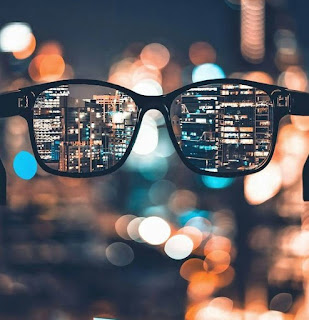M E G A P I X E L 2.0
we know that higher megapixel does mean that the image that you click will be sharper with a good amount of detail. but that doesn't make it a great camera, because there are other elements that work in order to achieve the image in the end. these elements are camera lens, image sensor, and the image signal processor
Camera lens
A camera lens (also known as photographic lens or photographic objective) is an
optical lens or assembly of lenses used in conjunction with a camera body and mechanism to make images of objects either on photographic film or on other media capable of storing
(storing device) an image chemically or electronically.
optical lens or assembly of lenses used in conjunction with a camera body and mechanism to make images of objects either on photographic film or on other media capable of storing
(storing device) an image chemically or electronically.
The lens is the first thing that the subject will come across while capturing its image. The lens allows the light which hits the sensor, so the quality of the glass on the smartphone camera is of utmost importance.
The image sensor
The image sensor is responsible to register the image
that is derived from the lens. A sensor basically captures the lights from the
lens and converts it into electronic signals. This not only includes the
resolution, i.e. the megapixel, but also the capabilities of a camera, like the
light sensitivity, or ISO (International Standards Organisation), the quality
of color reproduction and the responsiveness of image capturing.
The sensor is responsible for pushing the limits of
light when it has fully utilized the lens’ capability of image capture and uses
the ‘ISO’ feature to bring in more light in the image when the subject isn’t fit properly. And whenever ISO in a camera is bumped, so is the noise or the
spots in an image. A good image sensor will generate less amount of noise, as
opposed to a bad sensor.
The image signal processor
After the sensor has
received and converted the lights to a digital signal, the image goes through a
series of post-processing, using artificial intelligence to make the image look
good. This is done by the Image Signal Processor or ISP. The ISP is a separate
chip that adds processing power to the sensor to make quick changes in the
image being displayed in real-time. From correcting the lighting and white
balance, all the way up to applying HDR while the image is being captured, all
is done by the ISP. The better the ISP, the better will be the end result of
your captured image.
Regards PandT
Share this blog
show love in the comment section below
submit your email by clicking on subscribe option to get the blog updates directly to your inbox



Comments
Post a Comment